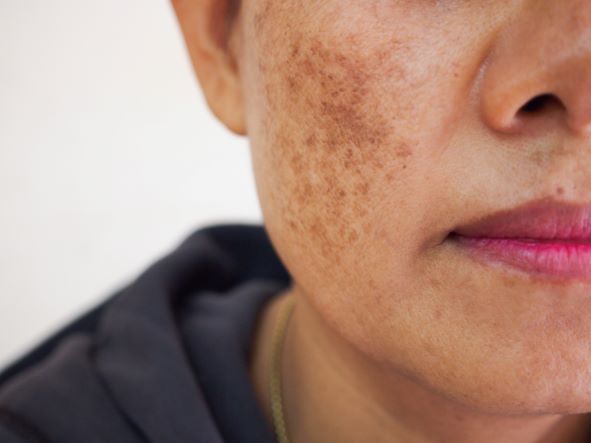Preparing for Your Hydrafacial: Tips for Optimal Results
- September 25, 2024
- Wed Health
If you have booked a hydrafacial treatment, then it goes without saying that you will be one step closer… Read More

Many people, both men and women, experience hyperpigmentation at some point. While prevention is the best approach to reducing it, if you are already experiencing hyperpigmentation, products like DNA complex help reduce its appearance and leave the skin looking and feeling its best. Here’s what you need to know about this common condition.
Hyperpigmentation is when patches of skin darken. They often appear darker than the surrounding skin. It is caused by excess melanin production. In most cases, it is harmless, but it can make many people feel self-conscious.
There are several types of hyperpigmentation. Many people are familiar with sunspots, which are among the most common types. These appear on areas that are typically exposed to the sun, such as your face or hands. Some people refer to these as liver spots, but there is no connection to the liver or liver function.
Melasma is another type of hyperpigmentation. It is most common in women and is often associated with hormonal changes. It appears as dark brown or grayish-brown patches of skin, usually on the face.
As its name suggests, Post-Inflammatory Hyperpigmentation is characterized by dark spots that appear after inflammation. It is caused by excess melanin production and can result from acne, eczema, or some medical procedures. Topical products, such as licorice root serum, may help reduce this type of hyperpigmentation.
The exact cause of hyperpigmentation depends on the type you have. However, the most common versions are often the result of sun exposure or injury. This causes the body to produce excess melanin as a defense mechanism. In some cases, that melanin gets deposited within the skin, leaving it darker than the surrounding tissue.
Melanin is a natural pigment that gives skin, hair, and eyes their color. It serves as a natural defense mechanism from the sun by absorbing UV rays. Some people naturally produce more than others, resulting in darker coloring. Many factors can affect how much melanin you produce.
While hyperpigmentation is generally harmless, many people opt to treat it. If you decide to take this approach, you have several options.
Creams, lotions, and serums can help reduce the appearance of dark spots. Look for products that contain ingredients including vitamin C, glycolic acid, retinoids, and peptides to promote elasticity. Natural options include licorice root extract and coriander seed may also help counter excess melanin.
This approach uses lasers to break up melanin deposits. Laser resurfacing should only be done by a professional.
Chemical peels use a solution to strip the outermost layer of skin cells. They promote new skin growth and often help improve overall skin appearance. Some people find them helpful in reducing hyperpigmentation. Chemical peels can be done at home or a medical spa.Hyperpigmentation is caused by excess melanin production. Developing a regular skincare routine that includes sun protection is a great way to help limit that production under normal circumstances. To give your skin proper care that helps it look its best, consider researching the best skincare products for aging skin to find the ones that work best for you.